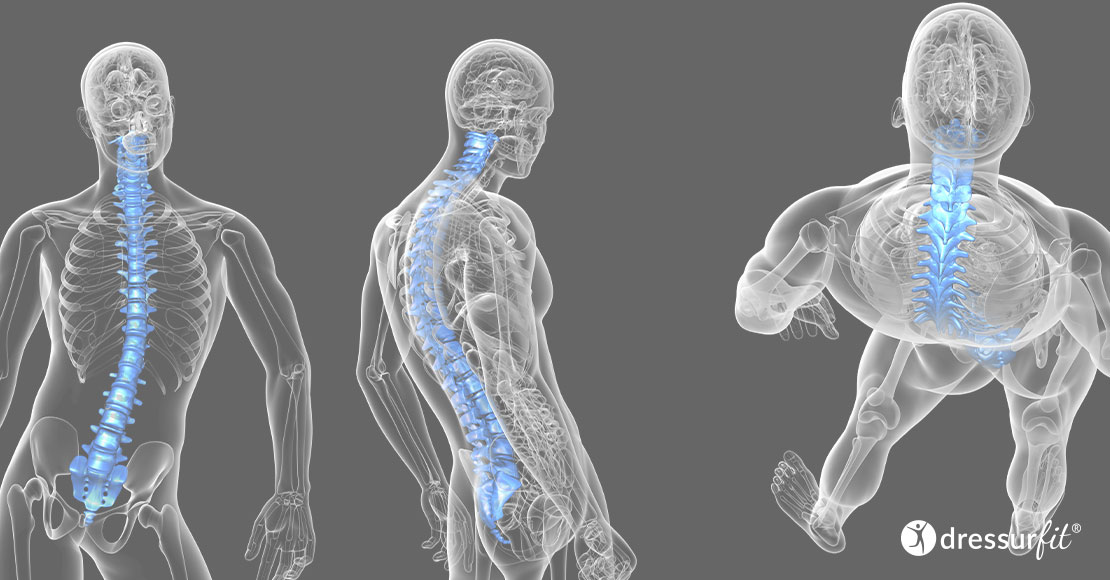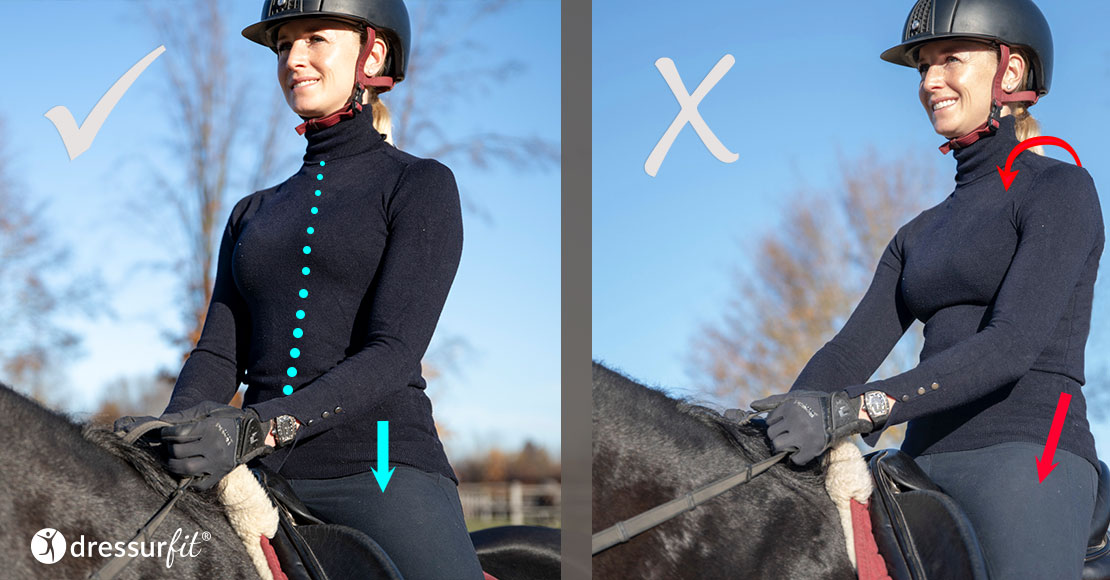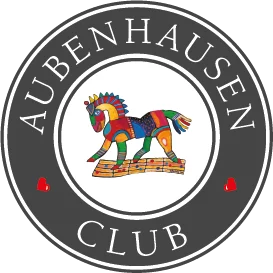
The Neutral Spine Position: Why it is so Important for Riding
From the very moment we sit in the saddle, we are challenged to sit upright, not to round our shoulders, and to balance on our seat bones. Dressage is a demanding discipline as it requires a correct body position and alignment. Our spine must be in the neutral position – neither creating a hollow nor a rounded back. “The ability to maintain a healthy – meaning functional – body position in different situations is an elementary part of our core performance standard,” says the sports scientist Marcel Andrä.
What exactly does “correct alignment” mean and why is it so important for riders? Consider this every-day example: When your car is in the shop for an inspection, the wheel alignment is being checked. That’s a crucial factor for improving tire performance and vehicle handling as well as keeping the car from pulling to one side. Proper wheel alignment reduces vibration levels and prevents uneven tire wear.
This isn’t any different for your body. It’s important for our joint health that our bodies are aligned in a way allows them to function smoothly. Misalignment causes excessive wear and tear which can lead to pain, injuries, and joint strain.
Aligning your body correctly on the horse starts with positioning your pelvis. We want the pelvis to be correctly aligned so that the seat bones neither point backward nor forward. With an upright pelvis, we are able to move our hips freely and distribute our weight evenly on the horse’s back. When we are aligned incorrectly and weigh one seat bone more than the other or tip the pelvis too far forward or backward, we unevenly strain our own joints as well as the horse’s back.

When your pelvis is aligned correctly, you can find your neutral spine position. This requires a flexible thoracic spine and strong core muscles. Blockages and range of motion restrictions in the back and shoulder area impact what happens with our hands and reins. At the same time, you need to be able to specifically activate your core to stay upright and stable with the horse’s motion and avoid collapsing in your ribcage as well as excessive movement of your midsection.
A correct seat is not just about pleasing the eye. A properly aligned and erect upper body is essential for giving light aids, and it protects your and your horse’s body from unnecessary wear and tear and injury.
Just like our horses, riders have a preferred standing leg, natural crookedness, and movement patterns acquired through our daily activities.
That alone accounts for more or less significant differences from side to side for almost all riders. Slow-motion video of all three gaits and especially on bending lines can be very helpful to gain a better understanding of your seat.
This is true for riders as much as any other athlete: Fitness must be trained on as well as off the “court.” It is important for you to be aware of your body posture even when you’re not sitting on a horse to internalize correct body alignment. This makes correct alignment easier for you in the saddle. Correct muscle memory not only improves your riding, it also protects your and your horse’s health.
Get even more tips in the other blog articles and in our newsletter. Sign up for our free newsletter. Subscribe now!
